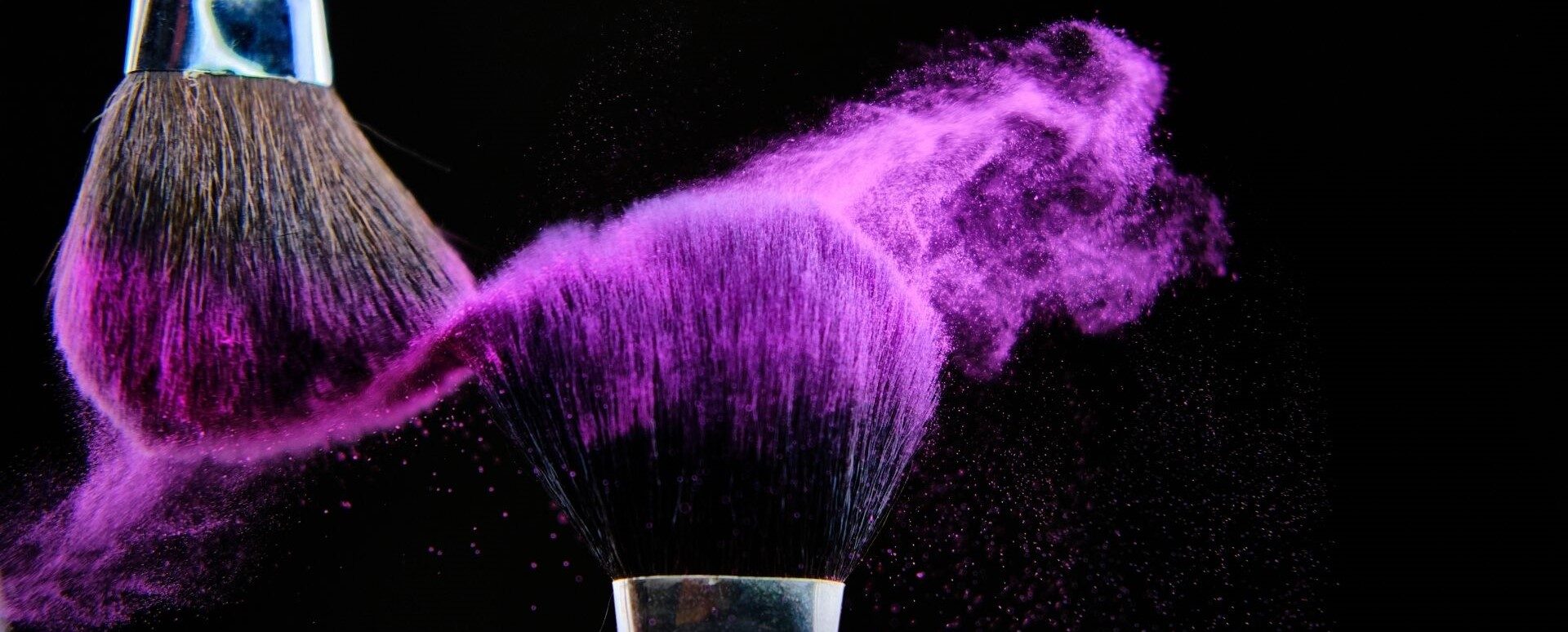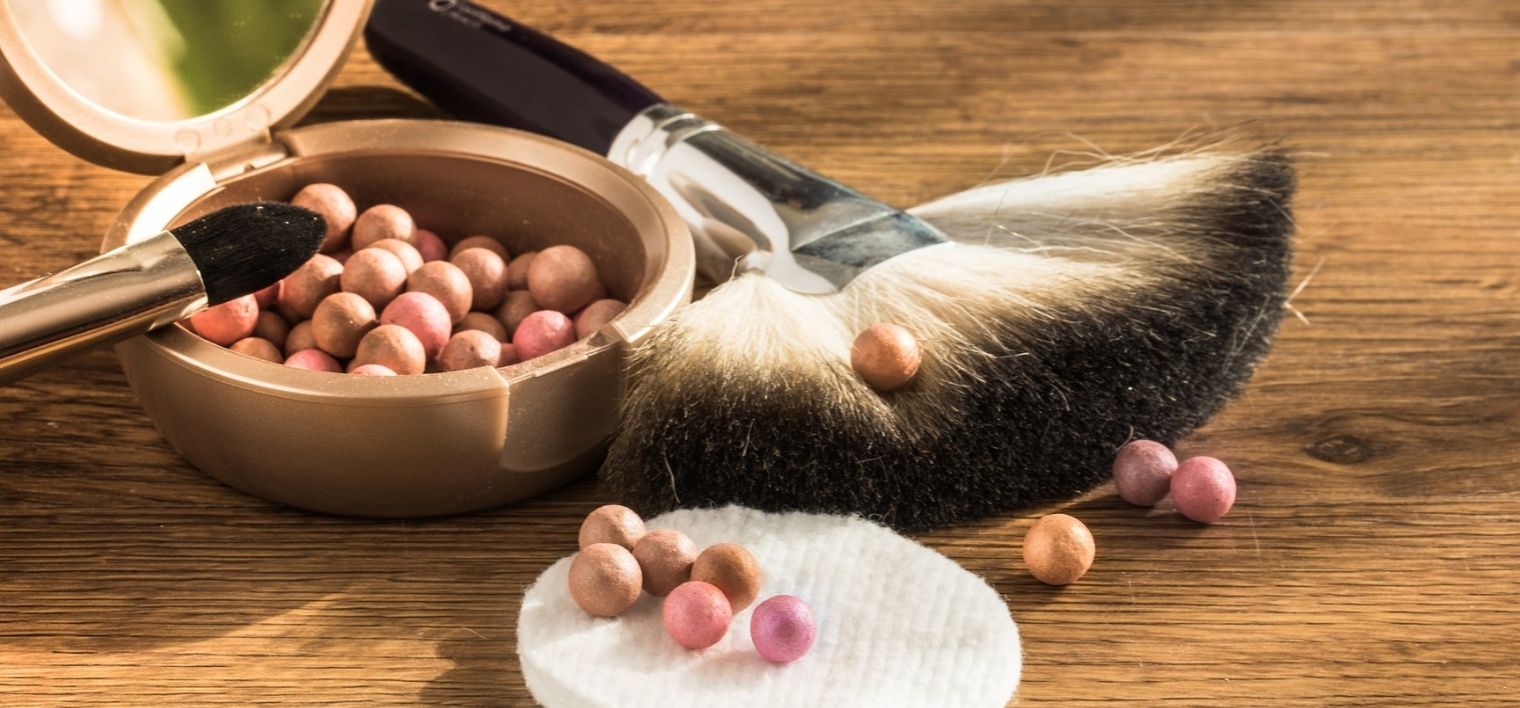What Are the Differences and the Meaning of These Descriptions?
Let’s try to clarify, even for a conscious choice.
The main point on which to clarify is undoubtedly that of the difference between certified organic cosmetics and all the other products that are on the market.
Certified organic cosmetics are cosmetic products that must comply with EU Regulation 1223/2009, like all other cosmetics.
This Regulation Gives the Definition of Cosmetic:
“A cosmetic product is any substance or mixture intended to be applied on the external surfaces of the human body (epidermis, hair system and hair, nails, lips, external genital organs) or on the teeth and mucous membranes of the mouth for the purpose, exclusively or mainly to clean them, perfume them, modify their appearance, protect them, keep them in good condition or correct body odors”.
In addition, organic cosmetics must have certain characteristics that give added value to the product:
- They must be periodically checked by recognized independent bodies, which issue organic certification. Some of these entities are ICEA, AIAB, ECOCERT, BDIH, NATRUE, COSMOS, CCPB, AGRICERT.
- They must contain a certain percentage of ingredients from organic farming.
- They must not contain GMOs.
- They have a ban on testing the finished product on animals.
- They must be characterized by a production process with low environmental impact and with ecological packaging.
Ultimately, a certified organic cosmetic is a product that respects Nature at every stage of its preparation, starting with the choice of its ingredients.
The company that declares “organic cosmetic” on the package must compulsorily show the brand of the body that certified it on the product.
If this brand is not there, the cosmetic is not organic.
And also pay attention to the fakes and the crafty ones, who write bio and use this suffix in the names of the products or the company to deceive the consumer, but who only have the name of bio.
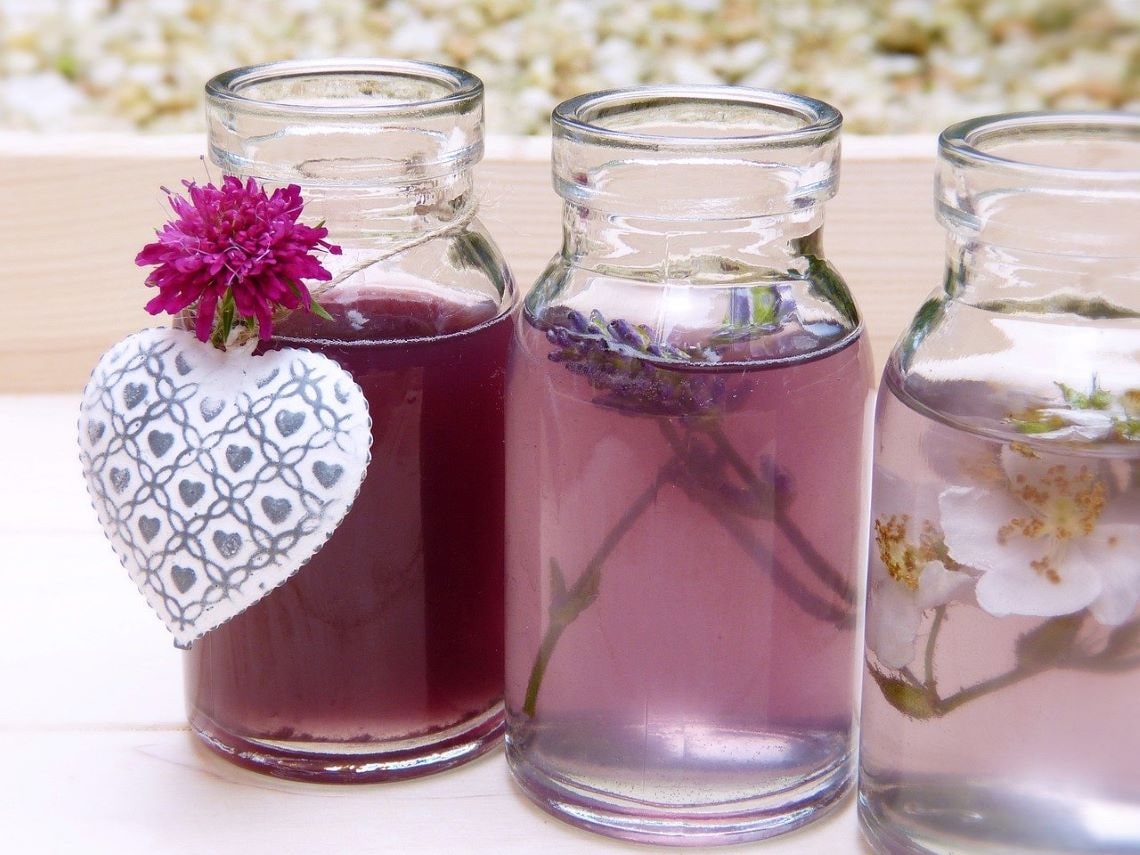
International Nomenclature Cosmetic Ingredient
At this point it would be important to know how to read an INCI, that is the list of ingredients contained in a specific product, written and listed in order of concentration (from the most concentrated to the least).
Knowing what a cosmetic is made of is important both to be aware of what we are spreading on it and to find any so-called “ecofurbi”, which use the term “bio” nonsense …
There are tens of thousands of raw materials on the market, which can be used for the production of traditional cosmetics, but the ingredients allowed in the production of organic cosmetics are far fewer and can be grouped as follows:
- Organic ingredients, which are those that comply with the controlled organic agricultural production process and that are subjected to only physical transformations, such as extraction, distillation and purification.
- Natural ingredients, which are represented by plants and their extracts, by animal or mineral substances (extracts not chemically transformed).
- Ingredients of natural origin, which are natural ingredients, but transformed according to chemical processes allowed by the European regulation, such as fermentation, hydration and hydrogenation.
- Synthetic ingredients, which are part of what is called “good chemistry”. Ingredients of this type allowed in BIO production are few and in a very low percentage. For example, ascorbic acid (which is an isolated component of vitamin C) is allowed.
The ingredients that are not used in organic cosmetics because they are not allowed are:
- Paraffins and silicones
- Synthetic perfumes and dyes
- Components subjected to radiation
- GMOs (Genetically Modified Organisms)
- Ingredients from dead animals
- Ethoxylated ingredients (perhaps better known as PEG)
Generally, three categories of substances are used for the formulation of a cosmetic product: functional substances (i.e. those that give the cosmetic a specific and finalized characteristic), basic raw materials (i.e. support substances, necessary to convey the active ingredient) and additives (ie substances that added to the preparation improve its organoleptic characteristics, conservation, stability,…).
In traditional cosmetics the attention of formulators is mainly directed to the choice of active ingredients, to which the functionality of the product is linked.
In organic cosmetics, on the other hand, attention is generalized to all the ingredients that make it up: both the “active” ingredients and the “minor” components are carefully selected.
And the effectiveness of the final product is the result of the synergy between all its ingredients.
This different approach implies a series of knowledge and multidisciplinary rules to be followed by the formulator involved in the development of a cosmetic product.
Often the terms “natural” and “organic” are used improperly and that is why adequate technical and regulatory references are needed to ensure cosmetic efficacy and safety for both the consumer and the environment.
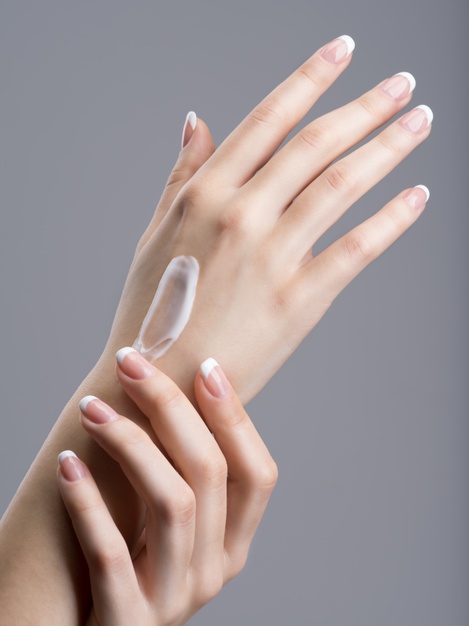
And it is precisely for this reason that the various certification procedures for Bio-Ecological cosmetic products were born.
The other side of the coin is that many certifications have been created (far too many!).
Even if at the base all of them have the verification that raw materials with certain characteristics are used, that on the contrary others are not used that are not allowed and that certain parameters of environmental protection are respected, each follows its own rules, which make them differ from each other. And in this way the confusion in the consumer grows.
And just to add confusion, within the same certification, similar cosmetic products can be placed as ingredients, but not as a concentration of active ingredients.
In this case, the reference indicators are the cost of the product and its performance.
The so-called low-cost Eco-Bio products inevitably have quantitatively and qualitatively inferior and less valuable ingredients than well-formulated higher-end Eco-Bio products.
So the INCI of a product says a lot, but not everything: with the same ingredients approved by the Eco-Bio reference regulations, the INCI can be of different quality.
The INCI is an excellent first evaluation of a cosmetic, but it does not have to be the definitive one because it does not give complete information. For example, it does not tell us what level of effectiveness that product has.
But What Is So Special About Organic Cosmetics?
- First of all they are healthy and natural products, free of substances harmful to humans, animals and the environment. That is, their components are eco-dermo-compatible and at least some of them, in varying percentages depending on the certifying body, come from Controlled Organic Agriculture.
- They are safe for the skin because they have been dermatologically and microbiologically tested.
- They are packaged in recycled and / or recyclable bottles, therefore ecological.
- They respect human and animal health by excluding chemicals such as dyes, GMOs and pesticides.
In short, using organic and eco-dermo-compatible cosmetics does not pollute the environment more than necessary or your skin.
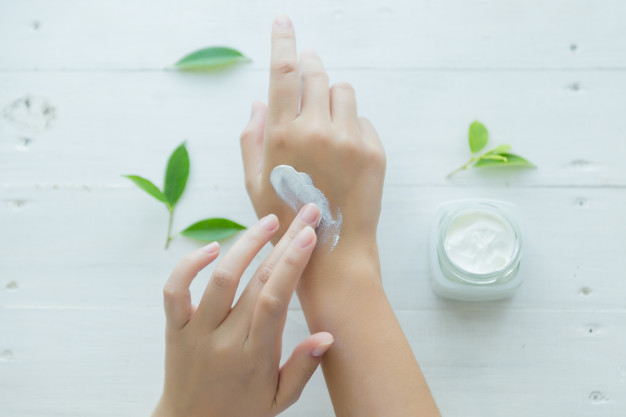
Unfortunately, every day we make compromises, such as driving the car, which produces pollution, or how to use tools or objects that are composed of polluting materials, even if we try to dispose of them in the right way.
Using organic cosmetics means not introducing further pollution into the environment.
It is true, each of ours is a drop in an ocean of cosmetics, but in the meantime we can contribute in our small way not to dirty it further. The same goes for our skin, which will not be suffocated by the silicon layer of traditional cosmetics and will be free to breathe and be reborn.
Silicones are used to give a smooth effect to the skin and shine to the hair, but create a patina that does not allow our real needs to show themselves.
In addition, paraffins and silicones hide and do not cure, but on the contrary they can create problems of dehydration and proliferation of bacteria because the skin, trapped in the film they form, cannot breathe properly.
A small parenthesis deserves cosmetic products with vegan certification to clarify a “small” detail about it.
The vegan certification does not allow derivatives of animal origin in the composition of the cosmetic.
It just says this.
And for this reason there are many vegan certified products, which in their INCI “boast” truly secondary raw materials, such as silicones and petrolatum!
This is a typical case of eco-savvy!
And it is a case in which knowing how to read an INCI is essential in order not to fall into the net of deceptive certification.
